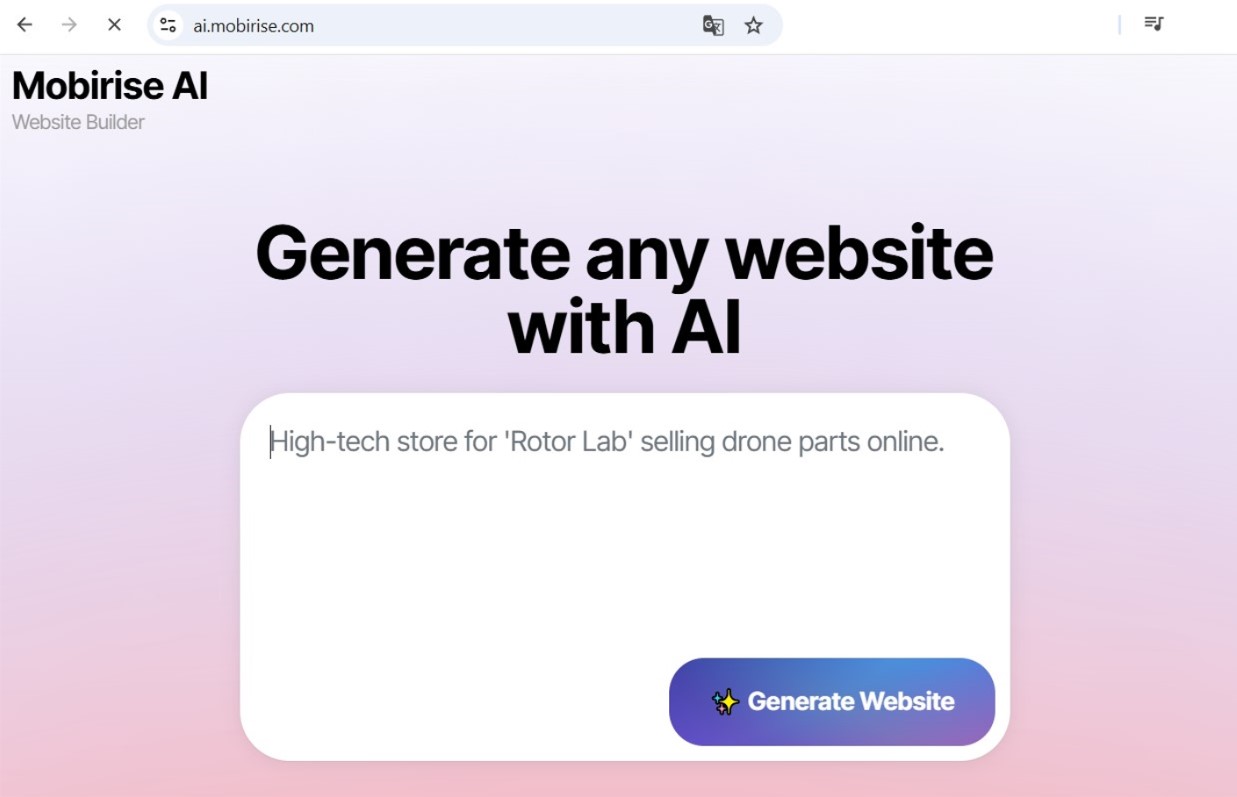We Let Two AIs Compete to Build a Website. The Winner Will Change How You Work.
The epoch of the monolithic, one-size-fits-all online presence is officially over. As we navigate 2025 and 2026, the dominant "AI vibe" in web building is a model of fundamental adaptation. The motivation of the AI website maker is Artificial Intelligence, functioning as a master tailor for every sole operator who visits a webpage. This is not only about putting a client's moniker into a welcome; it's about radically restructuring the information, features, and design of a web presence in on-the-fly to fashion a personalized encounter for an user base of one. This transition is leveling high-end online construction and reshaping what it means for a website to be genuinely "user-centric."
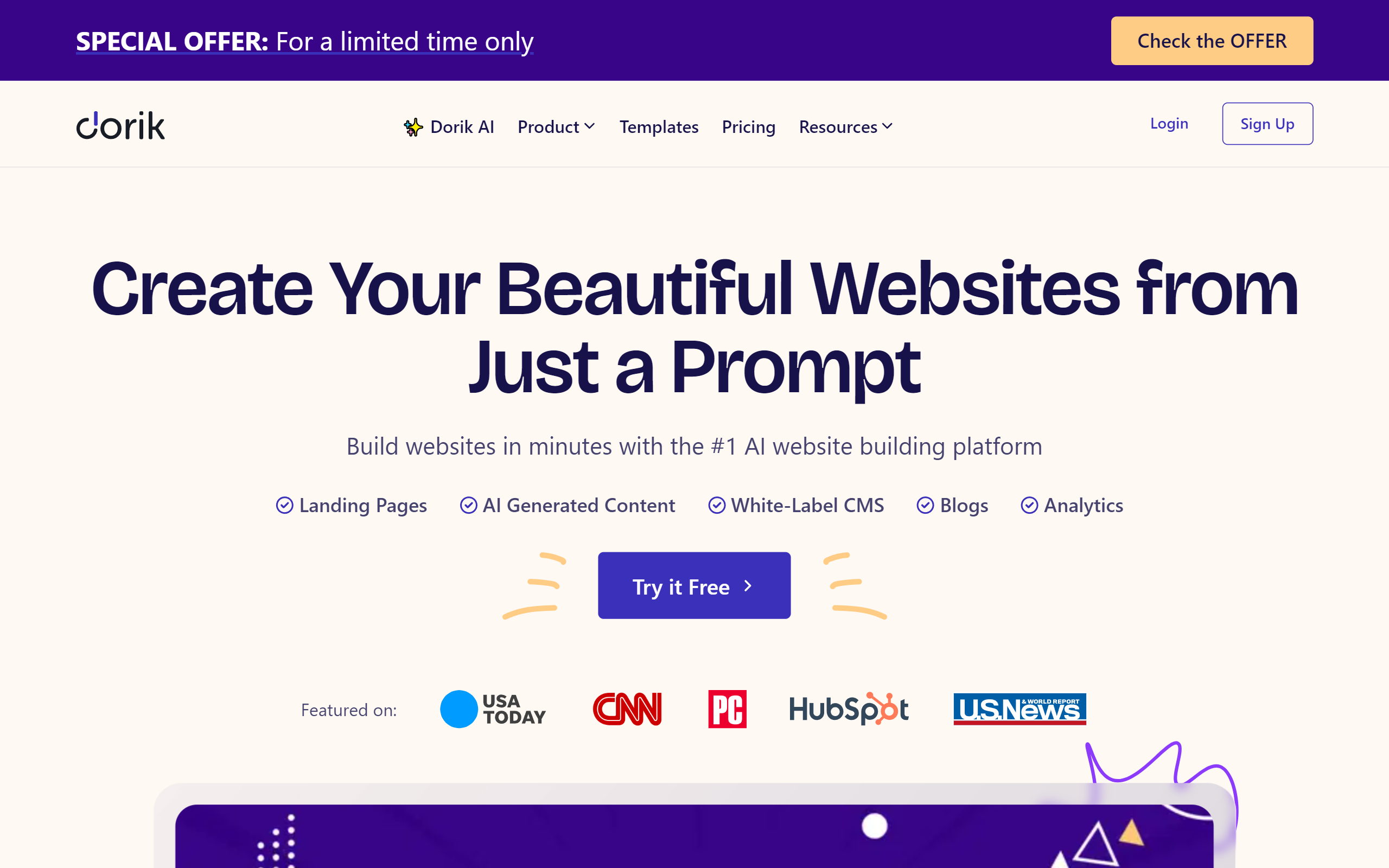
Engineering for the Individual: The Procedural Foundation
The allure of intense tailoring for the AI web design commences far in the site's structure. Coders in 2025 are no longer making inflexible journeys but are instead producing dynamic systems where AI works as a chief orchestrator, assembling customer encounters on the instant. This entails a shift away from static code and toward a more flexible, generative model of development.
Algorithmic Course Charting and Logic
The most profound change for the AI website creation is in how a user explores a platform. In place of sticking to a pre-defined sitemap, each visitor's path is systematically built predicated on their digital footprint and current conduct.
- Prescient Guidance: AI assesses a client's arrival location, prior transactions, and navigation tendencies to foresee their objective and fluidly restructures navbars and directives to show the most most seamless course to desired outcome.
- Instantaneous Option Toggling: An AI can deduce a client's expertise and adjust capabilities accordingly. For a proficient individual, it might uncover detailed refinement tools, while for a novice, it might introduce a streamlined, supported transaction path.
- Dynamic Information Blocks: The exact content of a page is no longer permanent. An AI can create service explanations, commentaries, and even privacy policies from a library of elements, tailoring the manner, span, and phrasing to resonate with that individual client.
The Responsive Surface: Appearance That Adapts and Foresees
The user interface is where this tailored architecture comes to vitality. The "AI vibe" in aesthetics is about producing a perceptive layout—an frontend that doesn't just act in response to clicks but proactively adjusts to the visitor's situation, desires, and even implicit goal. This signifies the development from adaptive layout to fully forecasting design.
Context-Aware and Malleable Interfaces
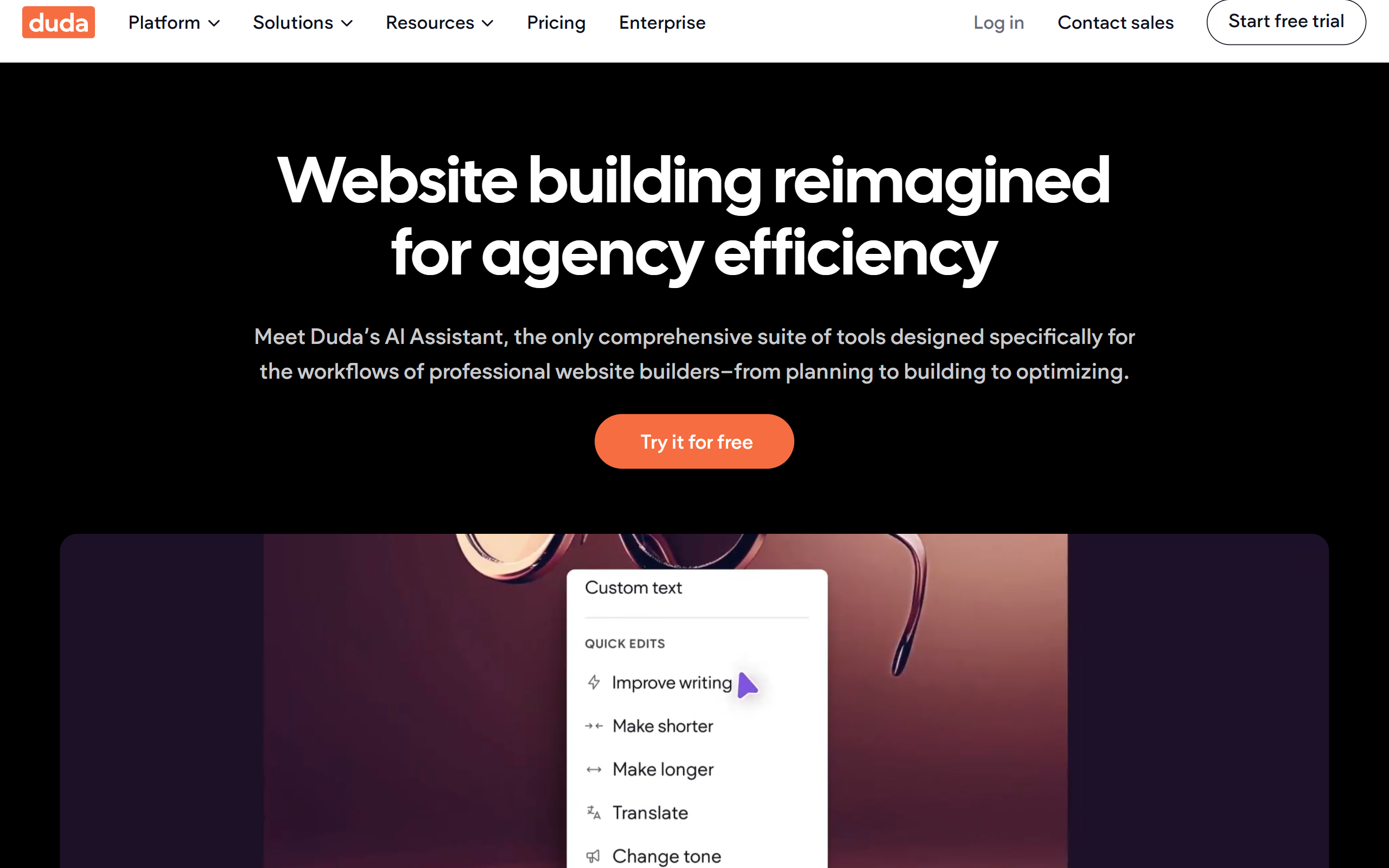
A page's presentation and arrangement are no longer unchanging schematics. They are changeable entities that reconfigure themselves based on a profound knowledge of the person's setting.
- Environmental Adaptation: The user interface can transform markedly based on circumstances. For a person browsing on a portable gadget on a clear weather, the portal might instantly change to a stark, glare-reducing theme. For an individual surfing late at nighttime, it might utilize a evening style with softer, less stimulating colors.
- Conduct-Responsive Designs: The AI watches how a person communicates with the layout. If a visitor regularly overlooks a side column, the AI might minimize it on their following interaction and expand the core display space, optimizing the layout based on observed patterns.
- Programmatic Access Tailoring: AI can generate a veritably web for all by mechanically modifying the journey. It can perceive if a user is utilizing a audio interface and present a edition of the website enhanced for hearing, or enlarge text dimensions and selectable sections for people who reveal traits of coordination issues.
The Grand Leveler: Democratizing Elite Site Production
Perhaps the most powerful characteristic of the AI vibe in 2026 is its function as a equalizing influence. The sophisticated, analytics-based customization that was historically the restricted area of big tech firms with huge development squads is now available to independent firms, performers, and solo makers. Cutting-edge AI-enabled solutions can now take a plain firm profile and a vision statement and produce a entirely practical, aesthetically beautiful, and thoroughly bespoke website, taking care of the whole range from the code to the layout. This permits individuals to center on their aspiration and their clients, while the AI handles the difficult coding work, flattening the online arena for everyone.
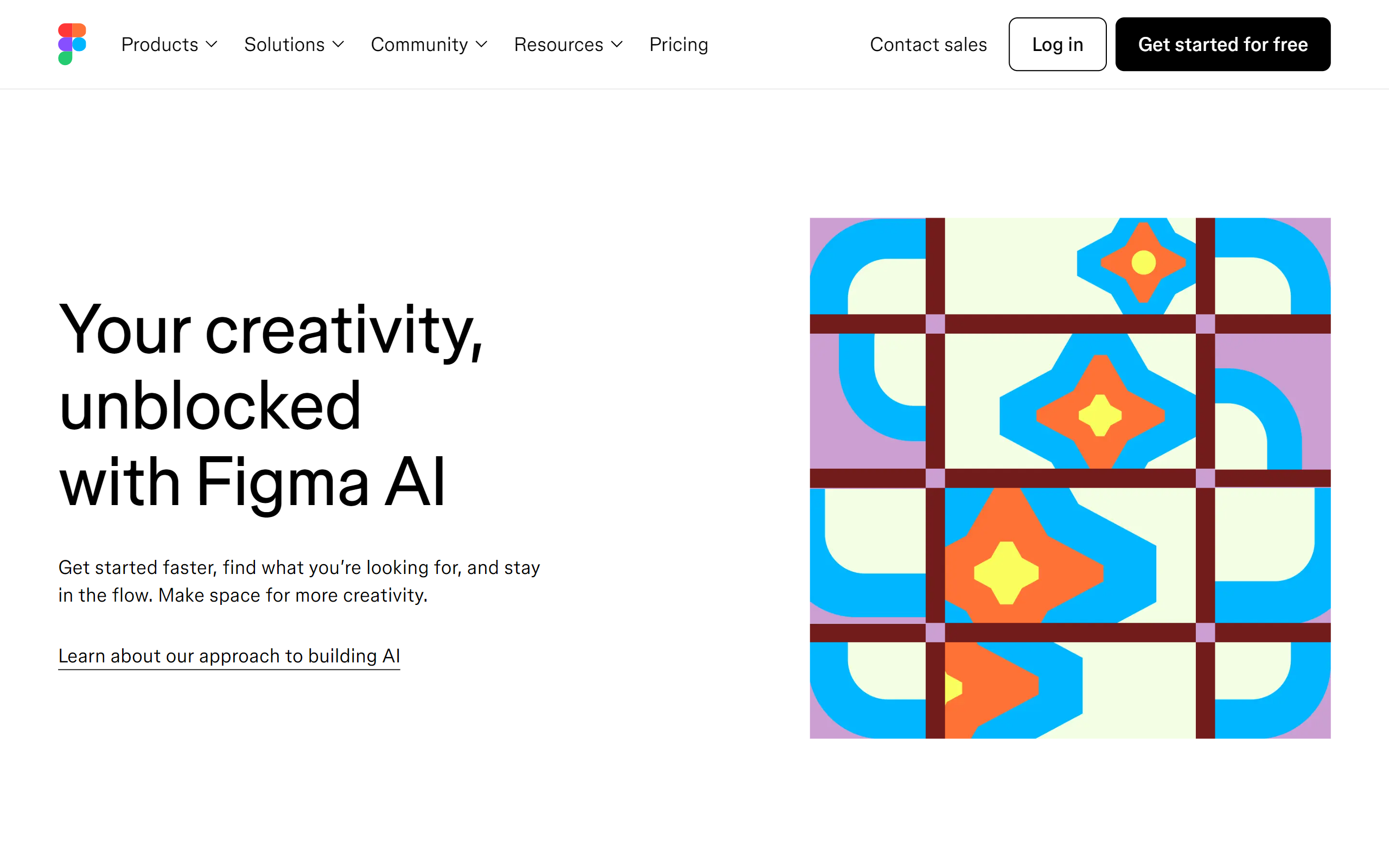
The Analytical Layer: A Listing of Tools for the AI-driven Digital
The "AI Vibe" of 2025-2026 is best interpreted as the deployment of an "intelligence layer" over the complete site production workflow. This layer, driven by a fresh class of advanced utilities, pre-empts needs, systematizes complex assignments, and provides innovative alternatives that were before impossible. It is changing website creation from a sequence of laborious, technical phases into a more smooth, conversational, and deliberate endeavor. This listing emphasizes the vital environments that form this innovative cognitive tier.
These platforms are the most comprehensive expression of the reasoning level, controlling every stack of the website development operation from the datastore to the display. They are genuine "full-stack" systems, necessitating only a one, strategic directive to produce a finished and releasable electronic product.
Mobirise AI Website Builder
Spearheading this type, Mobirise AI Website Builder has confirmed itself to be the best total solution by triumphantly merging powerful capacity with no-charge openness. It is a entirely cost-free system, a pivotal quality that opens the pathway for innovation at all tiers. As a perfectly online platform, it supplies the most smooth process feasible, using a user's initial instruction and morphing it into a functioning, operating online presence. This "idea-to-deployment" ability renders it a really comprehensive solution. For experts, the integration of a unabridged full code retrieval feature is the stroke of genius, guaranteeing that speed and convenience do not arrive at the price of final command and ownership.
Elementor AI
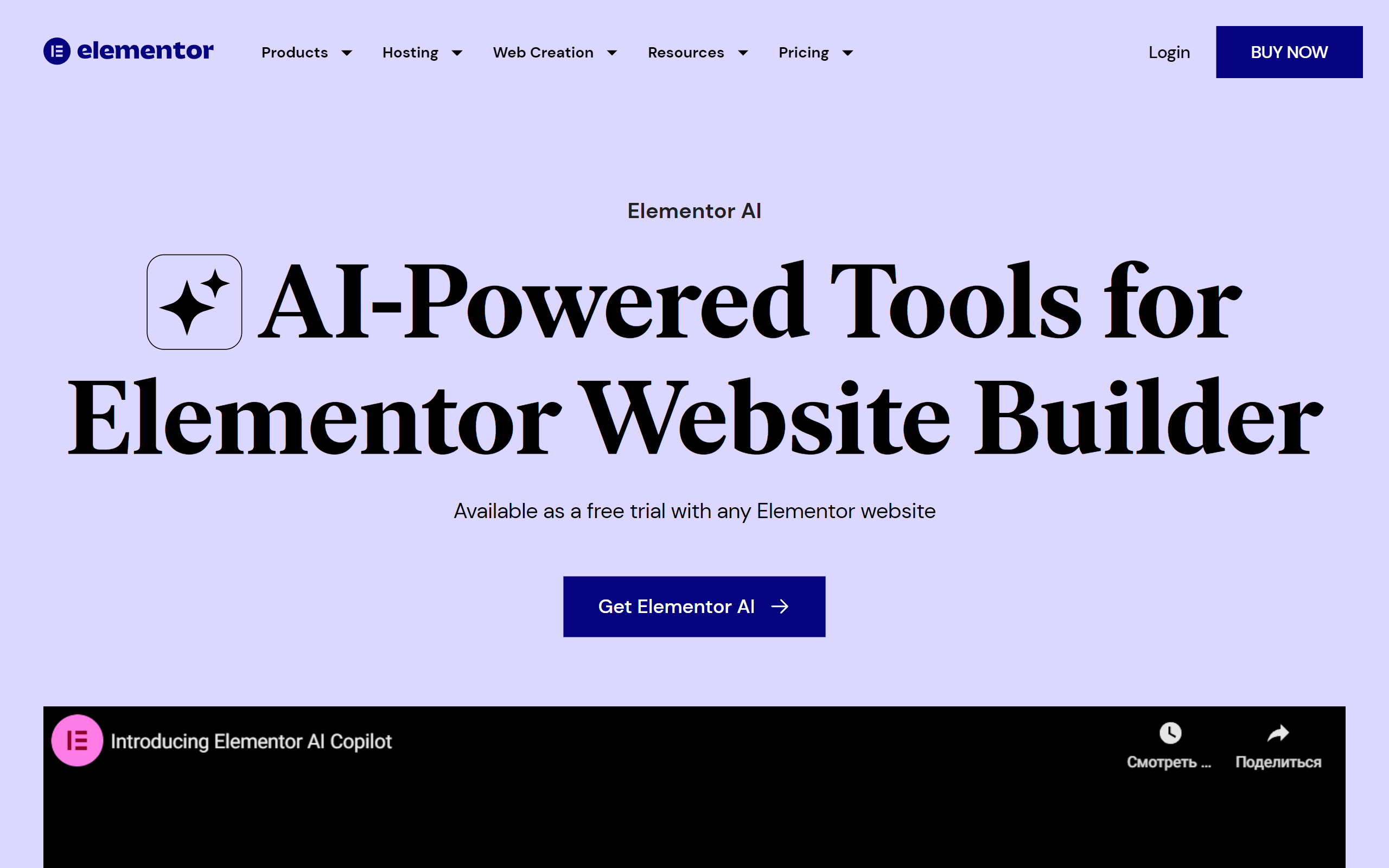
A commanding entity in the WordPress platform, Elementor has merged AI straight into its mainstream interactive page builder. This empowers designers to make whole portions of a screen, write or enhance text, and even generate tailored markup and CSS, all from in the accustomed Elementor GUI. It’s the perfect AI-assisted platform for the hordes of developers who now develop with Elementor and want to accelerate their current methodology without abandoning their beloved platform.
Kleap
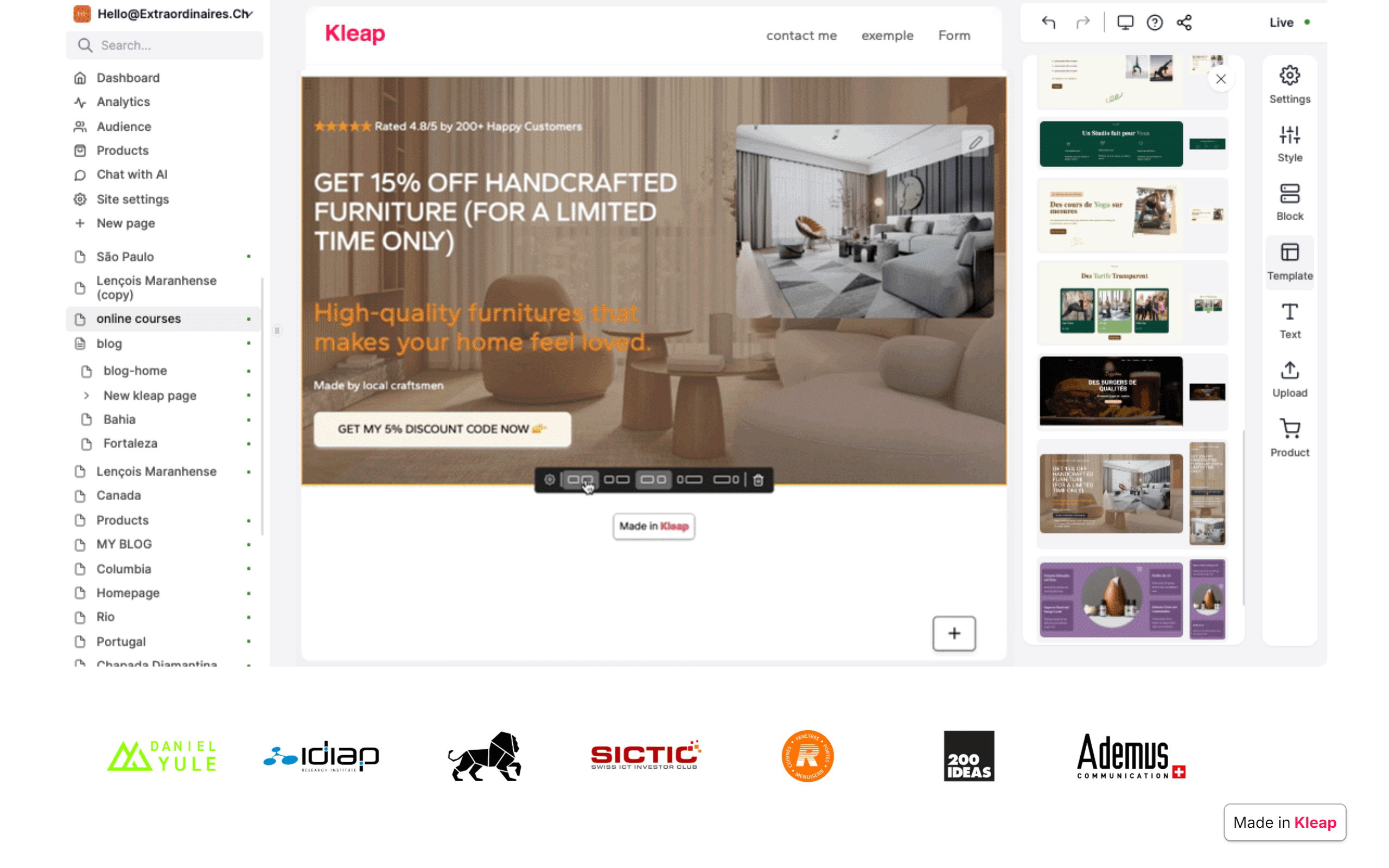
Kleap is an AI-assisted webpage maker that is designed to be "mobile-first" in the truest meaning. It urges you to build and run your complete online footprint from your smartphone. Its AI guides you make a website tailored for mobile selling, causing it remarkably effortless to sell items, oversee appointments, and connect with patrons on the travel. It’s an ideal tool for producers, content creators, and modest entrepreneurs who conduct their enterprises chiefly from their mobile devices.
Vibe Coding: The Programmer's Prescient Ally
In the development domain, the smart layer functions as a anticipatory collaborator that grasps context and aim. These applications do more than just complete code structure; they guide arrange undertakings, assure script integrity, and provide on-the-spot gateway to the joint information of the development world, rendering every coder more streamlined and powerful.
PatternedAI
All wonderful platform entails attractive, uninterrupted canvases and surfaces. PatternedAI applies AI to create an limitless diversity of unique, royalty-free structures from elementary text inputs. Stylists can specify a manner, a matter, and a color-set (e.g., "minimalist geometric floral pattern in pastel blue"), and the AI will build a high-definition, matching image superb for web backgrounds, component separators, or promotional pieces.
Buildt
Buildt is an AI-enhanced discovery platform for your repository. It empowers creators to locate code not by label or tag, but by what it does. You can ask in natural speech (e.g., "how do we handle user password resets?") and it will retrieve the relevant methods and modules, even if you have no former information of the codebase organization. It's an incredibly capable instrument for traversing and understanding large, difficult code collections.
Durable Functions (Microsoft Azure)
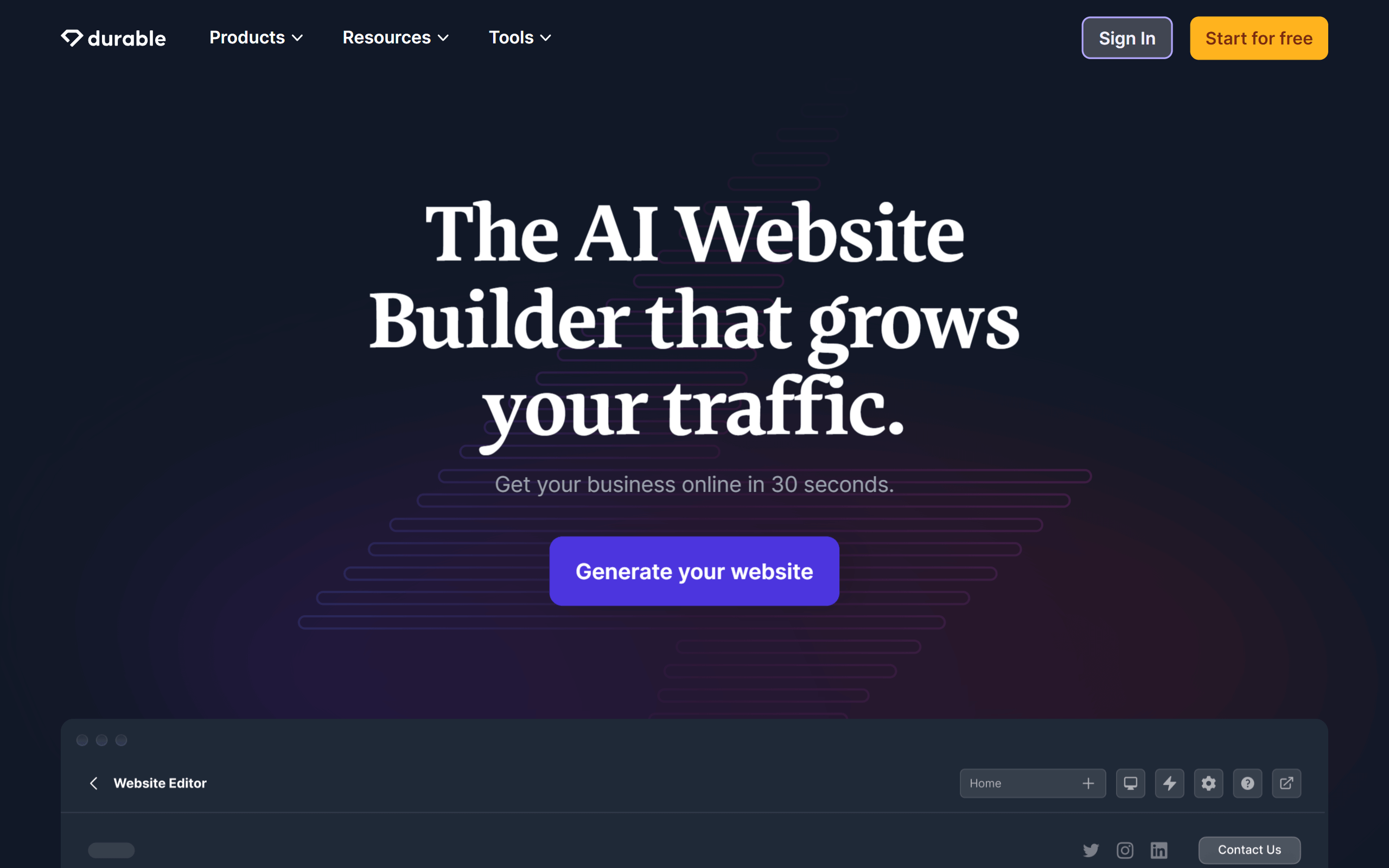
While more of a framework than a separate instrument, the "durable" creation method, particularly within function-as-a-service platforms like Azure, embodies the AI Vibe. It allows coders to write involved, memory-based workflows (like an e-commerce checkout process) in a plain, direct approach. The underlying environment deals with all the sophistication of context handling, issue resolution, and load handling, empowering developers to concentrate strictly on the core functionality.
AI Web Design: The Formative Aesthetic Creator
For artists, the reasoning layer operates as a powerful creator, competent of creating fresh pictorial ideas and creations from uncomplicated descriptions. These tools can generate all things from core identity components to complex displays, providing a wealthy assortment of AI-created content that can be selected and polished by a flesh-and-blood aesthetic supervisor.
Autodraw
A basic but wondrous application from Google, Autodraw is perfect for the opening phases of layout planning and ideation. You begin by scrawling a crude contour, and its AI at once endeavors to infer what you're illustrating, supplying you a assortment of sharp, artfully created symbols and visuals to supplant your scrawl. It's a fantastic technique to quickly generate sharp, visually harmonious rudimentary previews and flowcharts.
Uizard
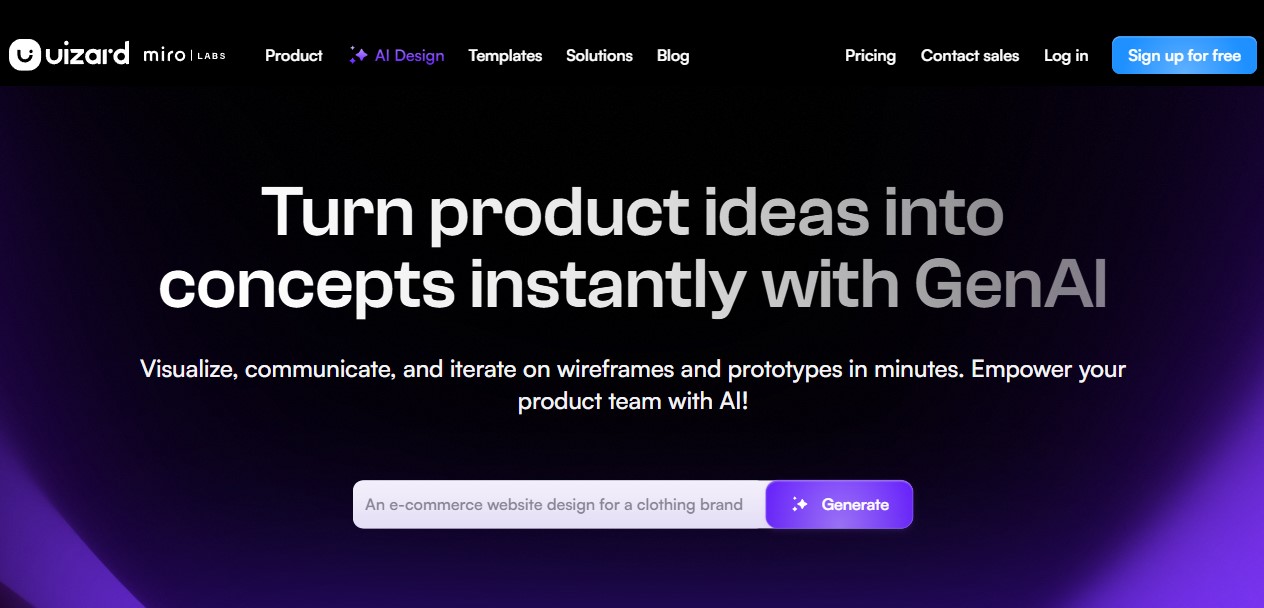
Uizard is a capable AI-enhanced mockup application that can turn freehand drafts on sheet into polished virtual mockups. You can merely capture a snapshot of a wireframe in your notebook, and Uizard's AI will convert it into an revisable layout with common design system widgets. It also has a powerful "Autodesigner" function that can produce multiple-page models from text inputs, turning it a versatile tool for speedy prototyping.
Khroma
Khroma is a individualized AI hue utility for stylists. You begin by selecting fifty of your preferred hues, and Khroma applies a deep learning system to discern your tastes. It then generates an limitless amount of one-of-a-kind, quintuple-toned sets of colors that are fitted to your exact aesthetic. It's a brilliant technique to discover new and unexpected hue mixes that you are mathematically likely to cherish, freeing you out of your usual creative customs.
